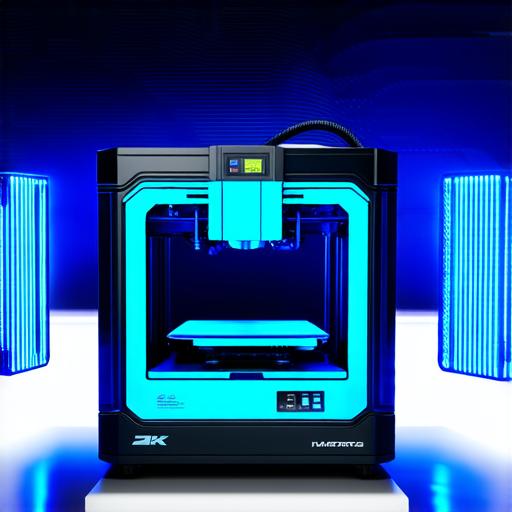3D technology, virtual reality (VR), and augmented reality (AR) are all emerging technologies that have the potential to revolutionize many industries. In this article, we will explore what these technologies are, how they work, and their potential applications.
3D Technology: A Brief Overview
3D technology refers to the creation of three-dimensional objects or environments in a computer-generated simulation. These simulations can be viewed through a variety of devices, including monitors, projectors, and specialized 3D displays. 3D technology has been used for many years in fields such as gaming, animation, and architecture. However, recent advancements in hardware and software have made it possible to create more realistic and immersive 3D experiences than ever before.
Virtual Reality: What It Is and How It Works
Virtual reality (VR) is a type of computer-generated simulation that allows users to experience a three-dimensional environment as if they were actually there. VR technology typically involves the use of a headset, motion controllers, and sensors to track the user’s movements and adjust the simulation accordingly. This creates a highly immersive experience that can be used for a variety of purposes, including gaming, training, and therapy.

Augmented Reality: What It Is and How It Works
Augmented reality (AR) is a technology that overlays digital information onto the real world. This information can include images, animations, and other visual elements that are superimposed onto the user’s view of the physical world. AR technology typically involves the use of a smartphone or tablet equipped with a camera and sensors that can track the user’s location and orientation. This allows the AR application to accurately place digital information in the real world, creating an interactive and engaging experience for the user.
Potential Applications of These Technologies
3D technology, VR, and AR all have a wide range of potential applications across many different industries. For example, in the gaming industry, these technologies can be used to create more immersive and realistic game worlds that allow players to fully engage with the game environment. In the medical field, VR and AR can be used for training purposes, allowing doctors and nurses to practice surgical procedures in a safe and controlled environment. In the retail industry, AR can be used to enhance the shopping experience by allowing customers to visualize products in their own homes before making a purchase.
In conclusion, 3D technology, virtual reality, and augmented reality are all emerging technologies that have the potential to revolutionize many industries. While these technologies are still in their early stages of development, they have already shown great promise in areas such as gaming, medicine, and retail. As these technologies continue to evolve and become more widespread, we can expect to see even more innovative applications emerge in the future.
